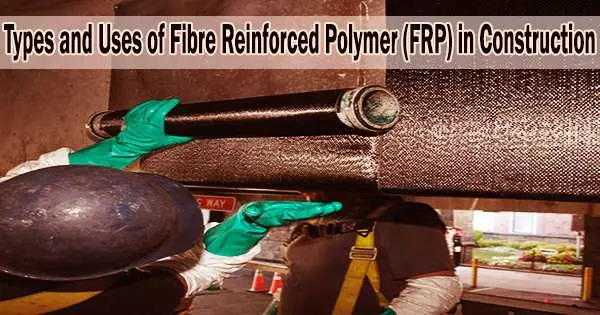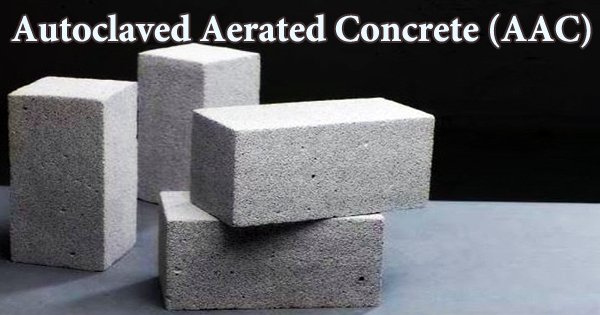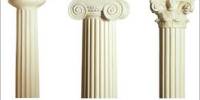A polymer that has fiber reinforcement is referred to as a fiber reinforced polymer (FRP) composite. It stands for a group of materials that are classified as composite materials. Particles of one or more materials are dispersed in another substance to create composite materials, which are surrounded by a continuous network of the first material.
Compared to conventional building materials like steel and aluminum, FRP composites are unique. Steel and aluminum are isotropic, whereas FRP composites are anisotropic. As a result, they have directional qualities, meaning that the direction of the fiber implantation is where the optimum mechanical properties are located.
These materials have excellent corrosion resistance, a high strength-to-density ratio, and practical electrical, magnetic, and thermal properties. They are brittle, nevertheless, and the rate of loading, temperature, and environmental factors can all alter how they behave mechanically.
The main job of fiber reinforcement is to produce strength and stiffness in one direction while carrying the load along the length of the fiber. In many structural applications where load-carrying capability is crucial, it takes the place of metallic materials.
Because of their mechanical qualities, FRP can be used in engineering applications to make notable improvements in building functionality, safety, and economics.
Components of Composite Materials
Fibres
The choice of fibre frequently controls the properties of composite materials. There are three main types of fibers used in construction: carbon, glass, and aramid. CFRP stands for carbon fiber reinforced polymer, which is how the material is frequently identified. Stiffness and tensile strain are the main characteristics that differ between the various fiber kinds.
Matrices
The matrix should distribute forces among the fibers and shield them from negative consequences. Thermosetting resins (thermosets) are almost exclusively used. Vinylester and epoxy are the most common matrices.
Epoxy is mostly favoured above vinylester but is also more costly. At 20 degrees Celsius, epoxy has a pot life of around 30 minutes, but different formulations can modify this. Epoxies have good strength, bonding, creep, and chemical resistance characteristics.
Types of Fibre Reinforced Polymer (FRP):
Glass Fibre Reinforced Polymer (GFRP)
Glass fibres are basically made by mixing silica sand, limestone, folic acid and other minor ingredients. The mix is heated until it melts at about 1260°C.
The molten glass is then allowed to flow through fine holes in a platinum plate. The glass strands are cooled, gathered and wound. The fibres are drawn to increase directional strength. The fibres are then woven into various forms for use in composites.
Glass-produced fibers, which are based on an aluminum lime borosilicate composition, are regarded as the main form of reinforcement for polymer matrix composites because of their superior electrical insulating capabilities, reduced susceptibility to moisture, and superior mechanical capabilities.
Glass is generally a good impact resistant fibre but weighs more than carbon or aramid. Glass fibres have excellent characteristics equal to or better than steel in certain forms.
Carbon Fibre Reinforced Polymer (CFRP)
Carbon fibres have a high modulus of elasticity, 200-800 GPa. The ultimate elongation is 0.3-2.5 % where the lower elongation corresponds to the higher stiffness and vice versa.
Carbon fibres do not absorb water and are resistant to many chemical solutions. They withstand fatigue excellently and neither corrode nor show any creep or relaxation.
Aramid Fibre Reinforced Polymer (AFRP)
Aramid is the short form for aromatic polyamide. A well-known trademark of aramid fibres is Kevlar but there does exist other brands as well such as Twaron, Technora and SVM.
The modulii of the fibres are 70-200 GPa with an ultimate elongation of 1.5-5% depending on the quality. Aramid has a high fracture energy and is therefore used for helmets and bullet-proof garments.
They are not frequently employed in civil engineering applications because they are delicate to high temperatures, moisture, and UV light. Finally, stress corrosion and relaxation are issues with Aramid fibers.
Applications of FRP
- Carbon FRPs are used in prestressed concrete for applications where high resistance to corrosion and electromagnetic transparency of CFRP are important.
- CFRP composites are employed for underwater piping and structural parts of offshore platform. Added to that, FRP declines the risk of fire.
- Because of their greatly greater buoyancy over steel due to their lower density, carbon fiber reinforced polymers are utilized to make underwater pipes for very deep water.
- For weight reduction and corrosion resistance, composite materials are also used to construct the stairways and walkways.
- It is used in high-performance hybrid structures.
- FRP bars are used as internal reinforcement for concrete structures.
- FRP bars, sheets, and strips are used for strengthening of various structures constructed from concrete, masonry, timber, and even steel.
- FRPs are employed for seismic retrofitting.
- Fibre reinforced polymers are used in the construction of special structures requiring electrical neutrality.
- Aramid fiber reinforced polymer (AFRP) composites are well suited for strengthening engineering structures that are subject to dynamic and impact loading because of their excellent energy absorption.
















